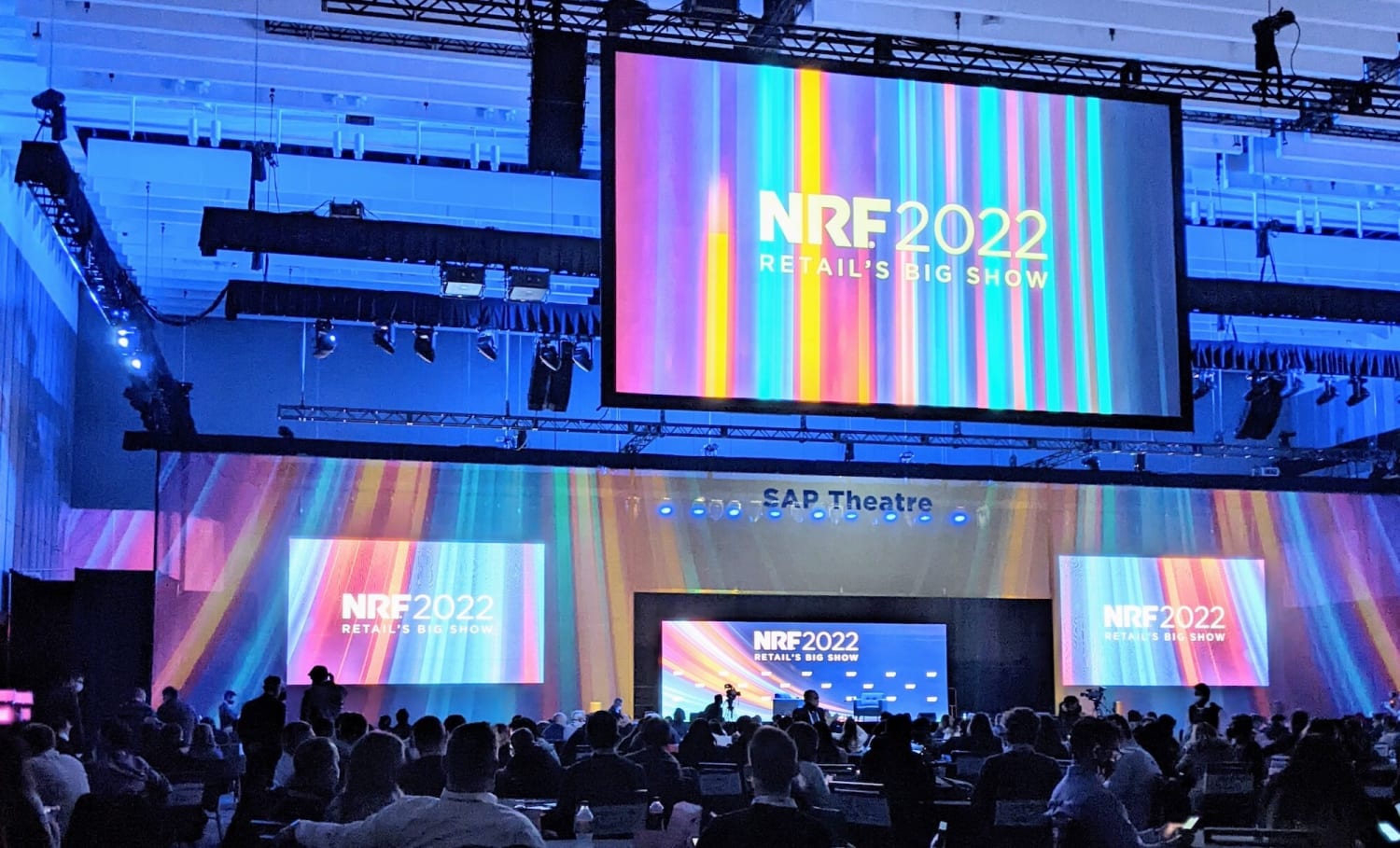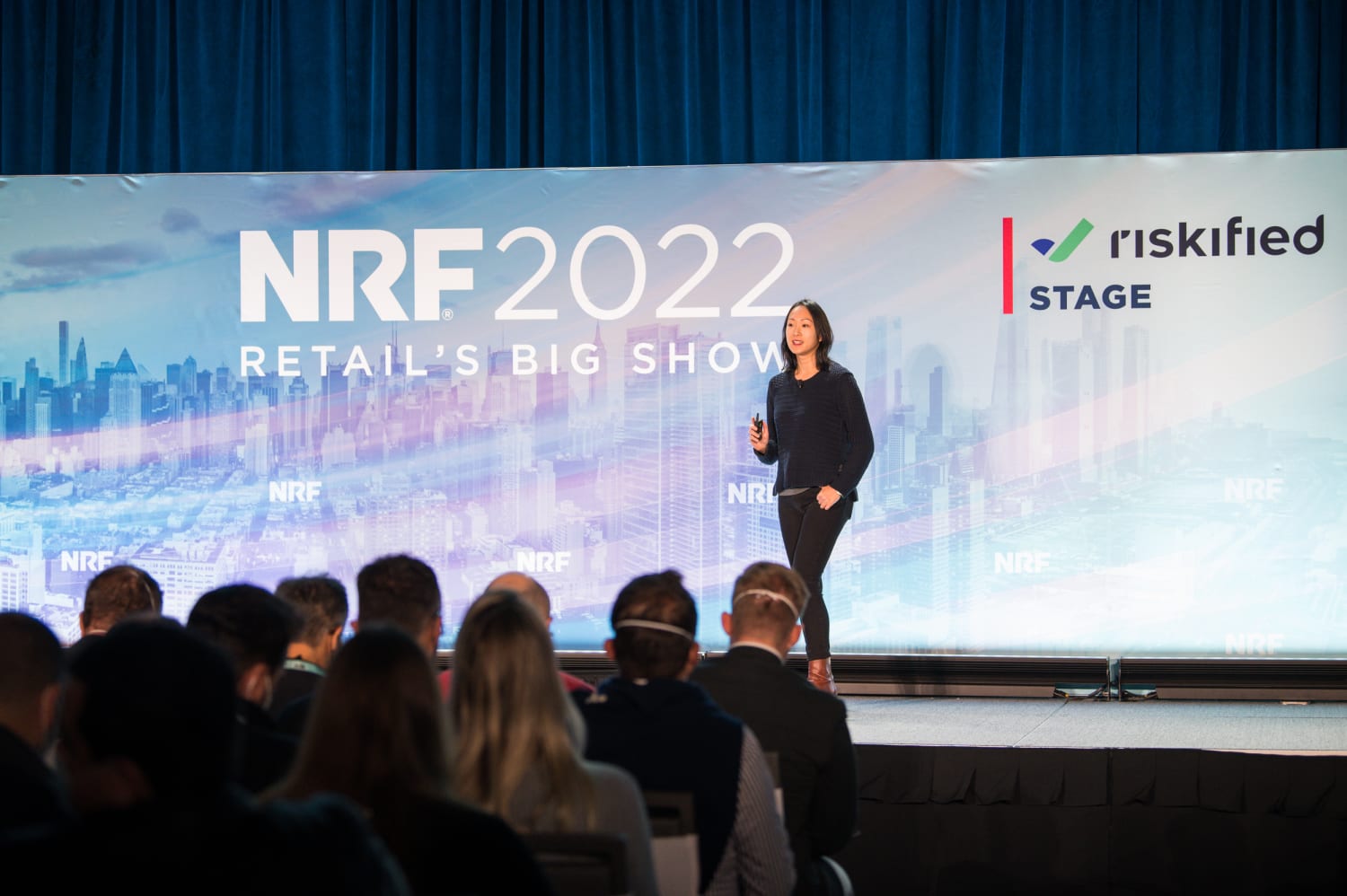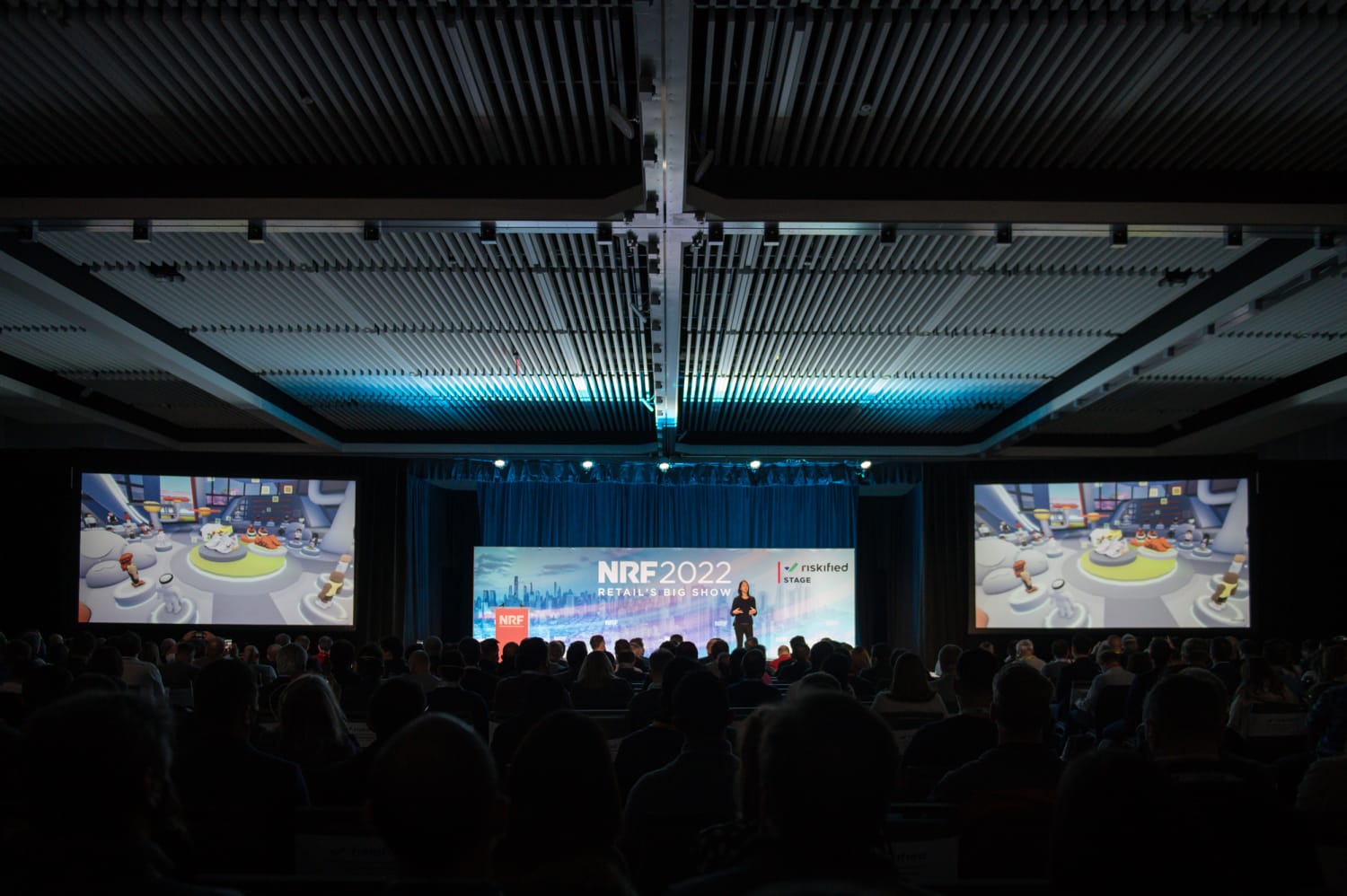To borrow the old saying, the “Big Show” must go on. Faced by challenges related to the COVID omicron surge in the U.S., which led multiple exhibitors and speakers to withdraw, the National Retail Federation pushed forward with their annual conference, dubbed the Big Show, at the Javits Center in New York. With enhanced health protocols in place, including proof of vaccination status for all attendees, the event served as a microcosm for the resiliency of the retail industry as a whole over the last two years.
Though challenges to the industry, including ongoing health and safety restrictions, supply chain constraints, a tight labor market, and inflation were much discussed, the overall mood was cautiously optimistic and the outlook bullish. This is with good reason, as the industry as a whole has performed well, having experienced twenty consecutive months of growth, including 14% overall sales growth in 2021, according to Matthew Shay, CEO of NRF.
Over the event’s numerous sessions, including keynotes with Fortune 500 leaders from Best Buy, Target, Walmart, Lowes, and others, many talk tracks coalesced across a number of key themes: Adaptability, Sustainability, Customer Focus, and Continuous Innovation. Underlying these themes were a deep understanding of the customer and the strategic use of technology to erase the lines between sales channels. Let’s take a deeper dive into these and distill some key takeaways for brands and retailers.
ADAPTABILITY
Over the nearly two years since the pandemic began, brands and retailers have innovated at a staggering pace. That shows no signs of slowing down. According to Target CEO Brian Cornell, what started as innovation out of necessity to enable business operations and ensure customer and employee safety has served to raise customer expectations. For them, that included turning their more than 1900 stores into fulfillment centers, shoring up their ecommerce capabilities, and forging partnerships with brands like Apple and Ulta Beauty to meet customers at the point of inspiration.
Best Buy CEO Corie Barry echoed this, describing this change as convenience commerce where consumers expect to be able to engage with a brand on their terms. She noted that 40% of Best Buy orders are fulfilled via buy-online-pickup-in-store, although most of those products are also available in store or for next day delivery. She also noted a trend that she described as “digital comfort”. Consumers are more open than ever to trying new technologies and channels, but at the same time their customer experience expectations have been raised to the point where they expect “magic”.
Takeaways:
- Brands must enable commerce everywhere their customers wish to engage
- Plan for what’s next. Customer expectations are constantly evolving and the bar has been set high
- Use technology intelligently to merge digital and physical channels
SUSTAINABILITY
Sustainability is not just good for the planet, it’s good for business. Across the board, brands are committing to being good corporate citizens in the communities they serve. Zach Freeze, senior director, strategic initiatives-sustainability at Walmart, delved into the company’s 2040 Net Zero initiative. In their case, Walmart only controls 5% of their environmental footprint, so they are working globally with their thousands of partners and suppliers to source sustainably produced products, move to renewable energy sources, and reduce waste by introducing circularity, the concept of sourcing products that take into account their lifecycle, whether that ends in recycling or reuse. This focus on the environment can also produce business dividends, as 85% of consumers have shifted their purchase behaviors to be more sustainable in the last five years.
For an in-depth look at sustainability, download the Wunderman Thompson report Regeneration Rising: Sustainability Futures.
Takeaways:
- Authenticity and transparency are essential elements in a brand’s sustainability program
- Brands must work closely with partners across their supply chains to affect real environmental change
- Sustainability is now a top 5 factor in consumer purchase decisions
CUSTOMER FOCUS
Customer focus, or more accurately customer obsession, is a shared trait among most brands. Repeatedly, corporate CEOs stressed how solving customer problems is the key driver of their strategies. By listening to customers, Chewy CEO Sumit Singh noted how listening to customers led to the launch of their pet telehealth offering, creating a new B2B2C line of business for the company.
Customer focus has a direct correlation to customer data. Retails have long known the value of direct-to-consumer (D2C) commerce, since the launch of Tiffany’s Blue Book catalog in 1845. That has extended to owned ecommerce channels, which have proven to be invaluable to retailers and brands since the start of the pandemic. Beyond the collection of first-party data and higher margins per transaction, which were drivers behind PepsiCo’s launch of snacks.com, D2C commerce channels allow brands to own every aspect of the customer experience and have enabled the hybrid physical-digital shopping behaviors that have become so prevalent.
Takeaways:
- Customer data is the common currency of retail success
- Customer-first strategies isolate and solve specific customer problems or address net new needs
- Owned commerce channels offer brands end-to-end control of the customer experience
CONTINUOUS INNOVATION
From advanced AI platforms to robotics, tech innovations were a dominant theme at the Big Show. One area capturing intense interest at the event was the metaverse. Emma Chiu, Global Director at Wunderman Thompson Intelligence, led a session providing insights into the recent Wunderman Thompson report Into the Metaverse. While still in its infancy, and evolving rapidly across multiple platforms, consumers have shown a propensity for purchasing virtual goods in the metaverse. NFT sales alone ballooned to $24.9 billion in 2021.
This has prompted some early-movers, like Nike, to create “virtual twins” of their flagship stores. Within these digital experiences, consumers can participate in online games, buy virtual apparel to outfit their avatars, or purchase non-fungible tokens (NFTs) as collectibles. Nike can then use data collected in the metaverse to determine which concept to manufacture and bring to market.
Liz Bacelar, Executive Director, Global Tech Innovation at Esteé Lauder Companies, spoke about how Esteé Lauder brands have found success pairing limited edition NFTs with physical products and in-person experiences. This convergence of physical and digital touch points has created deeper connections with their customers. Ralph Lauren CEO, Patrice Louvet, spoke about the company’s aggressive push into the metaverse. In addition to a revenue generating channel, which has included a sold-out run of over 100,000 NFTs, he sees the metaverse as a place to connect and nurture the next generation of Ralph Lauren customers in ways that were not possible only a few short years ago.
Takeaways:
- The metaverse is not a single place, but rather a collection of virtual platforms offering an array of experiences
- Experiment with emerging technologies to find what works for your brand to unlock new revenue streams and customer insights
- Use the metaverse to connect with current customers and inspire the next generation of customers






